- Free shipping on orders above $50
- Track your order
- +1 813-808-7639
- [email protected]
100% Indian Coffee
Discover true Indian flavors
Free Shipping
On all orders above $50
Subscribe & Save
Subscribe and get 10% off on selected coffee bags

Showing all 18 resultsSorted by latest
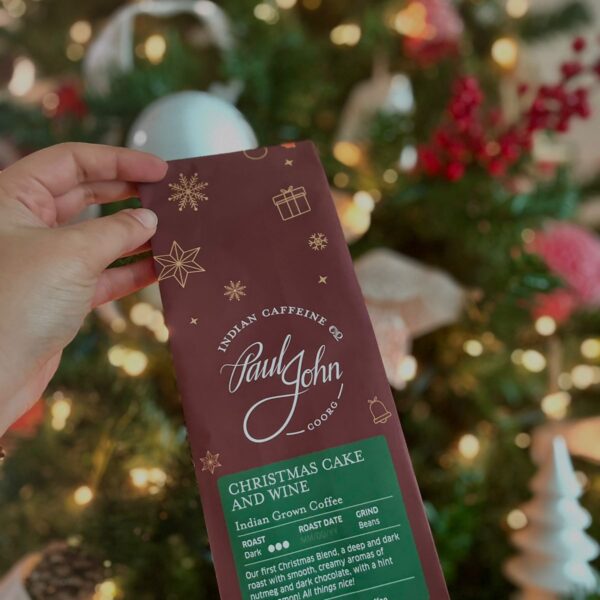
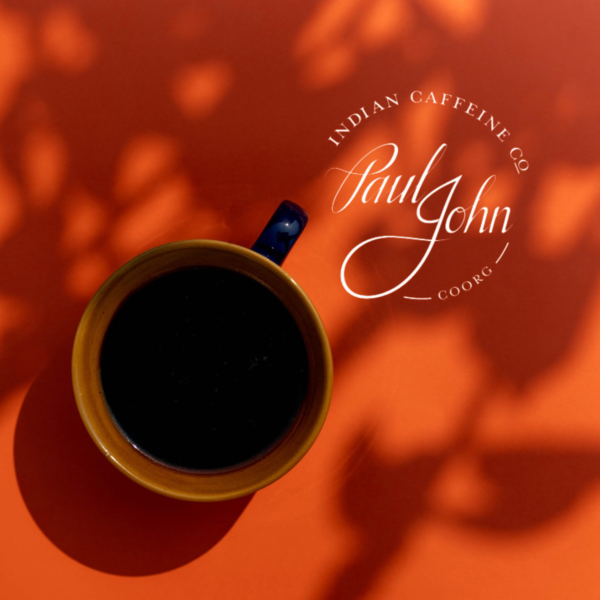
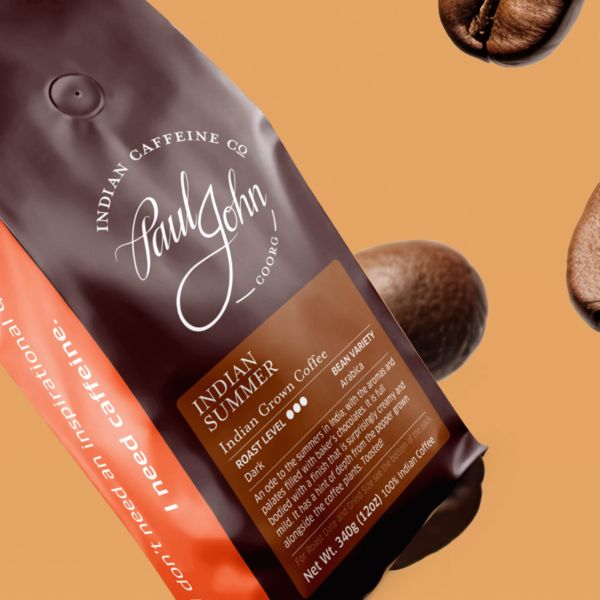
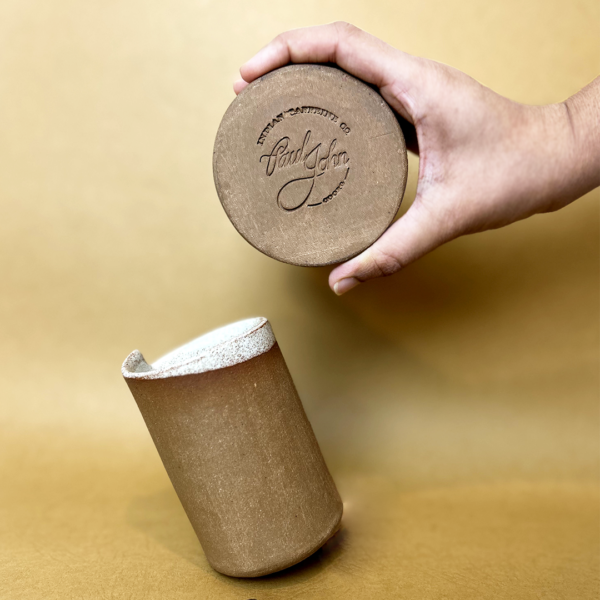
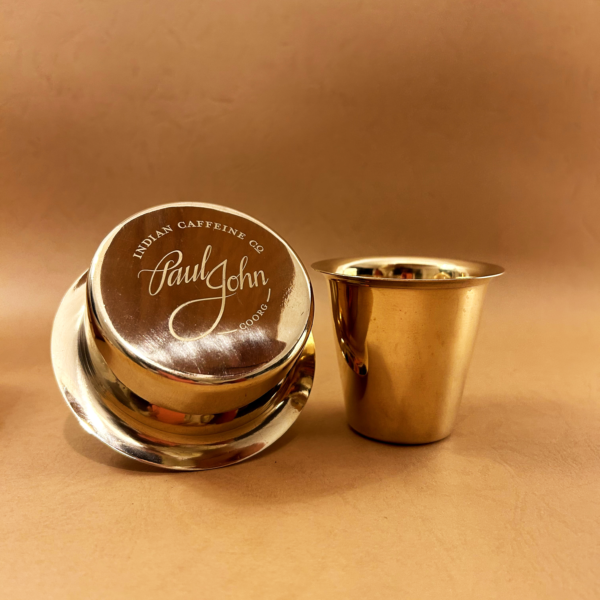
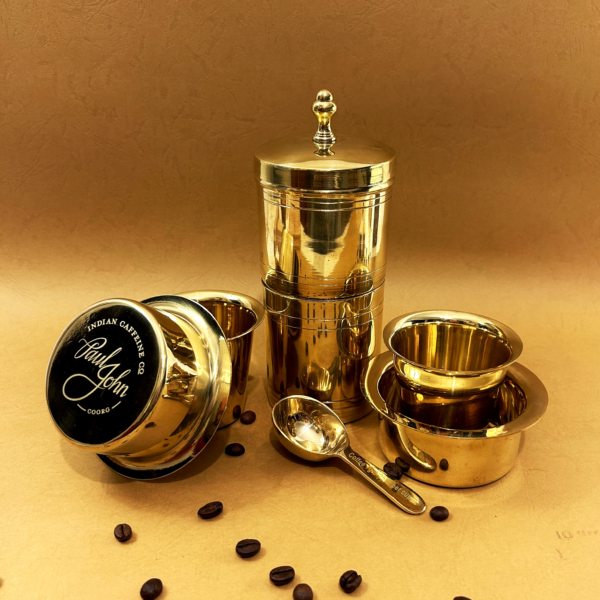
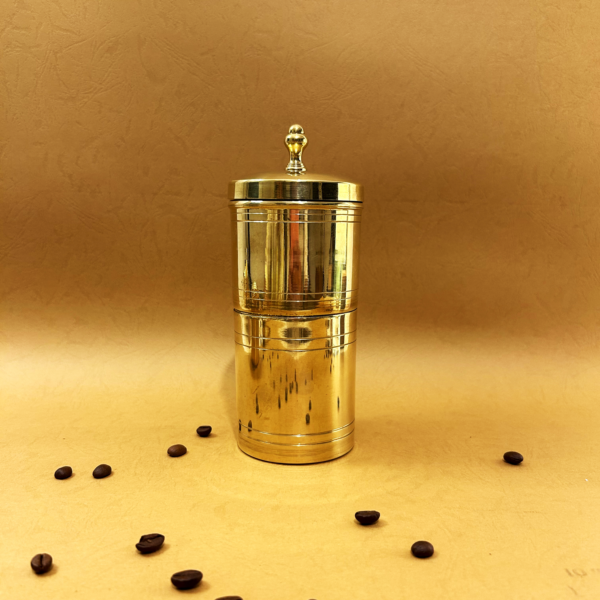
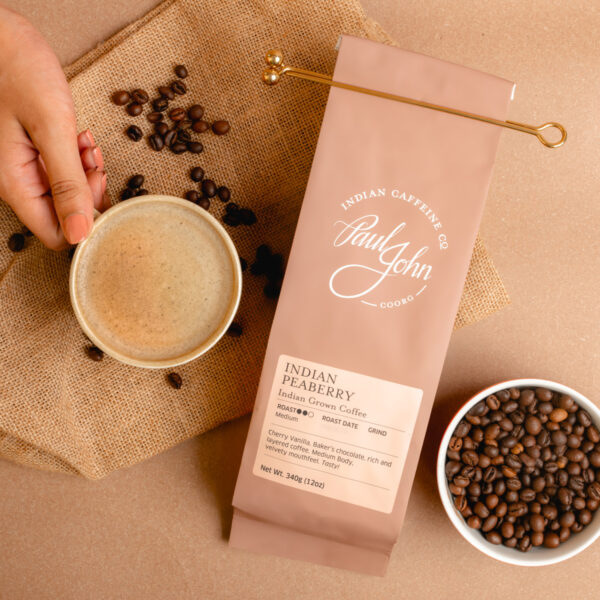
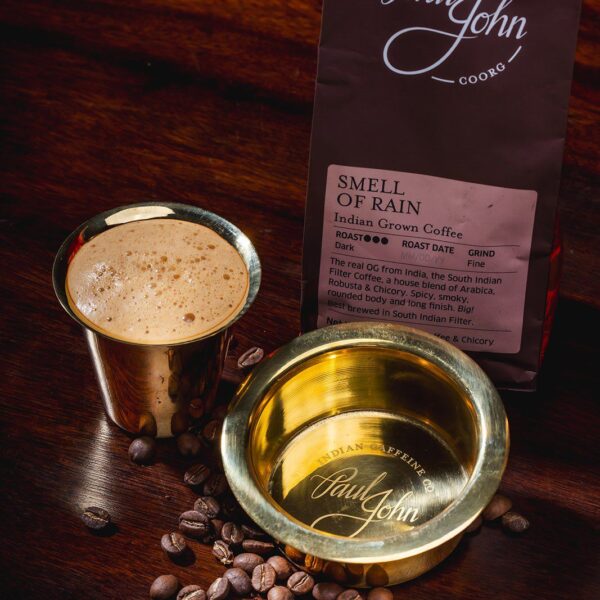
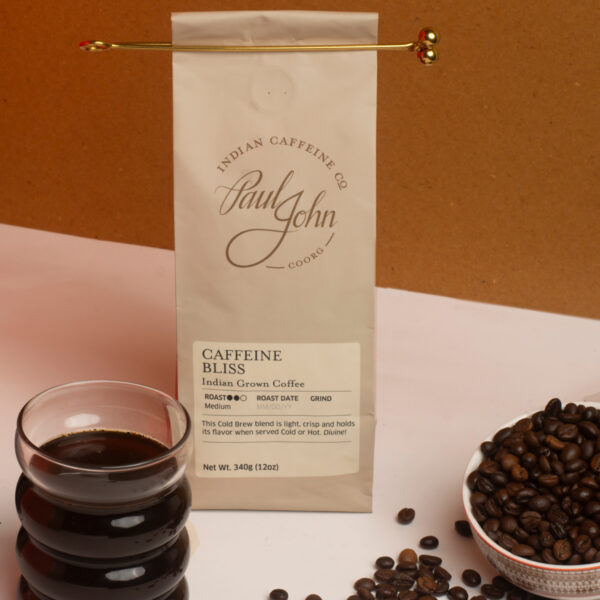
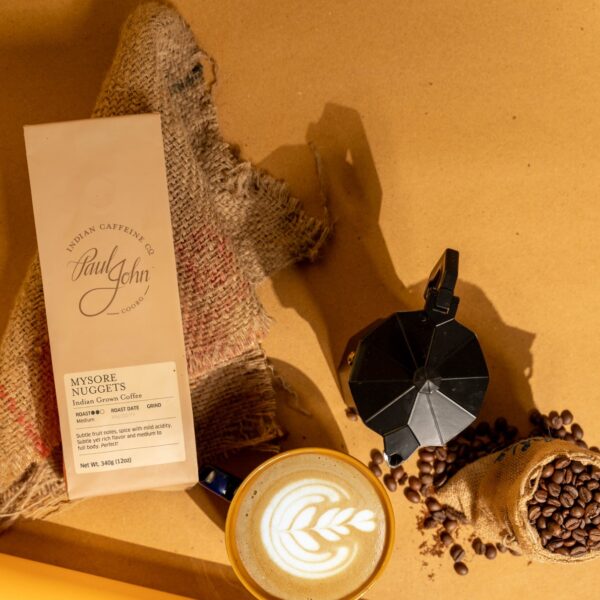
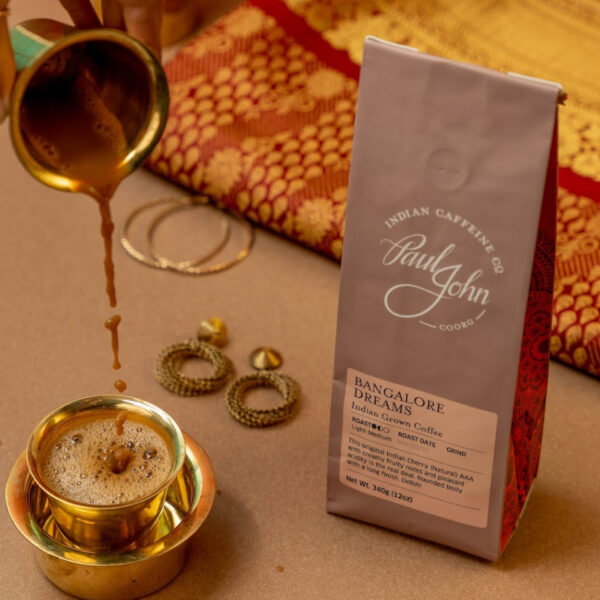
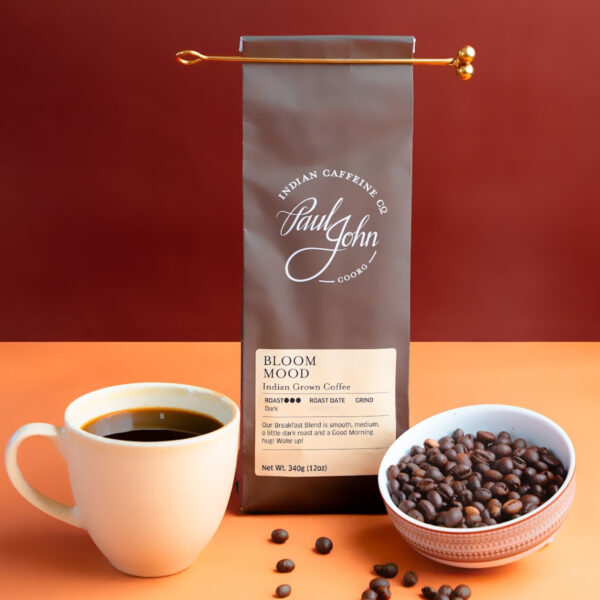
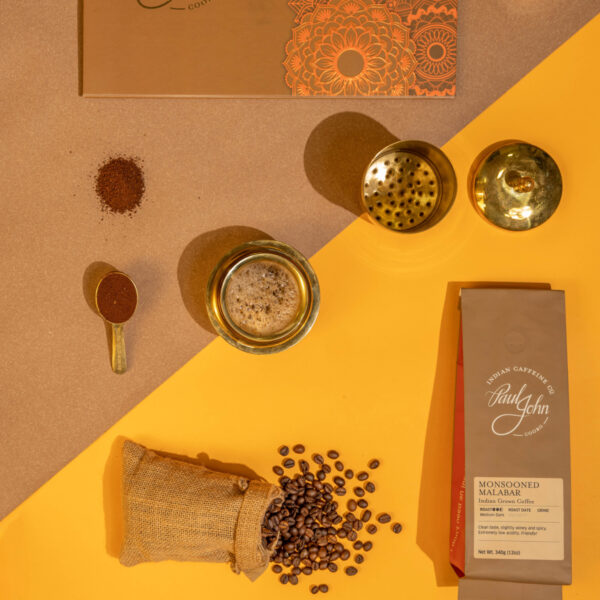
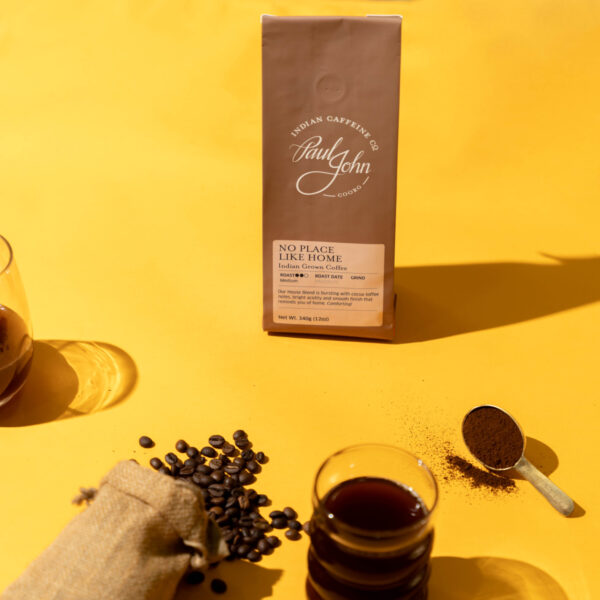
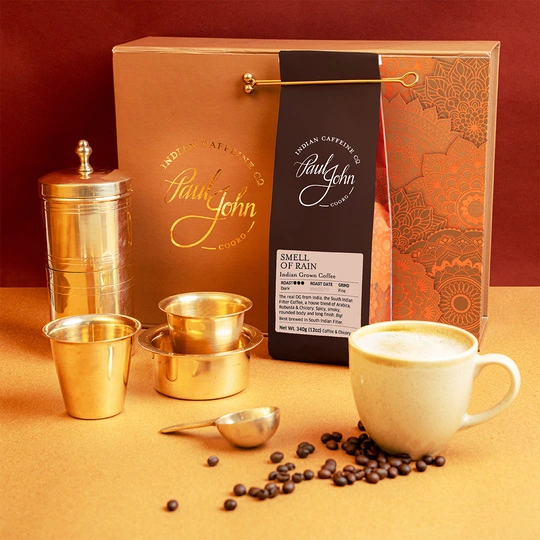
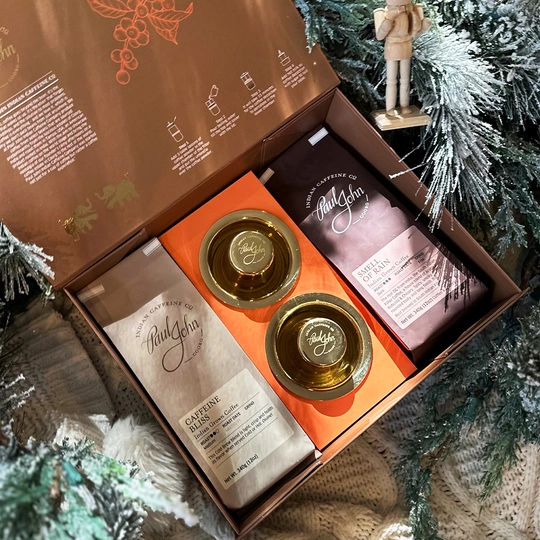
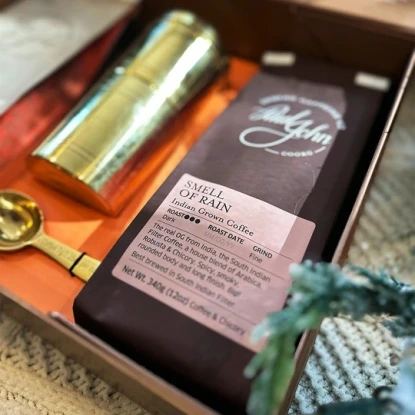
Our coffee beans are ethically procured at source from coffee plantations in Coorg and surrounding estates in South India.
Once sourced, the coffee beans are exported to the USA where they are roasted, ground, packed, and shipped.
Our master blenders have created a variety of blends that celebrate the inimitable qualities of Indian coffee – with something for every mood, moment, and memory.
Many coffee enthusiasts suggest using a burr grinder or blade grinder to grind coffee beans. When it comes to burr grinders, whole coffee beans are crushed using metallic burrs while blade grinders slice beans with blades.
Freshly roasted coffee beans will stay fresh for about a whole year in a sealed packet. When opened, the freshness remains for a week to a month. On the contrary, ground coffee beans will stay fresh for a few months when left unopened, but will have to be consumed as quickly as possible when unsealed.
Approximately 97% of caffeine remains in decaffeinated coffee, which equates to about 2-7 mg of caffeine per cup. Regular coffee contains 70-140 mg of caffeine per cup, depending on how strong the concoction is prepared.
Whole coffee beans succumb to light, heat, moisture, and oxygen. It’s advised to store your coffee beans in airtight containers and keep them in a cool, dark place. Doing this will not only retain its freshness but also the aroma of your coffee.
With regards to caffeine content, Arabica contains less caffeine than Robusta. Arabica typically offers a sweeter and smoother flavor profile, while Robusta tends to be more bitter.
The caffeine content in a medium roast coffee cup can range from 50 to 300 mg, influenced by factors such as cup size, bean type, and brewing technique.
South Indian filter coffee, referred to as kaapi, degree coffee, or Madras filter coffee, is a creamy, flavorful beverage characterized by its unique taste and brewing process. The coffee is prepared using a traditional steel or brass filter employing a percolation brewing method.
Indian filter coffee is crafted by blending hot milk and sugar with the infusion derived from percolation brewing of finely ground coffee powder with chicory in a traditional Indian filter.
To make a batch of South Indian coffee, you mix hot milk and sugar with coffee brewed through a process where finely ground coffee powder, often mixed with chicory, is filtered through a traditional Indian filter.